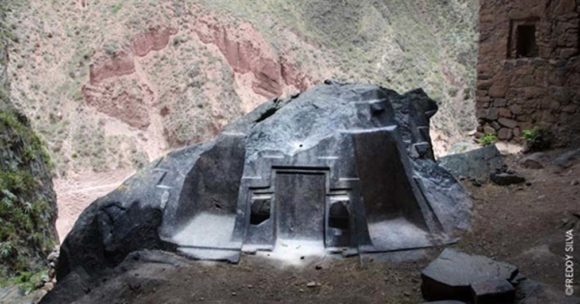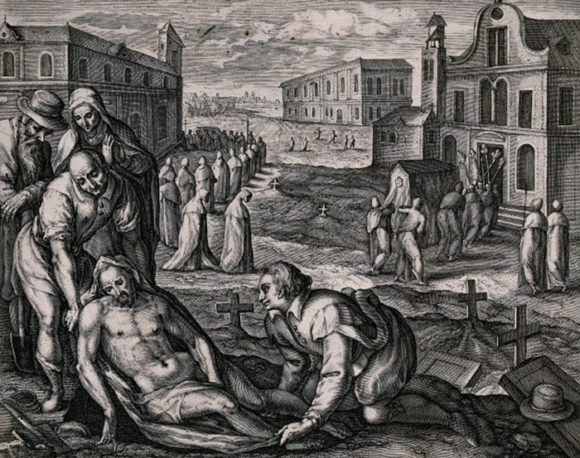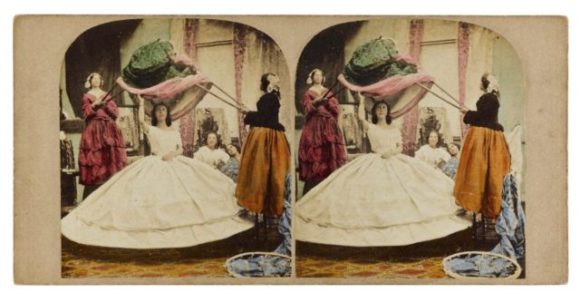Hop in – The Egyptian portal in the Andes…
Happy New Year all of our dear friends at the Museum. We are so grateful for your readership and participation, and we hope to share many more mysterious moments with you in 2017. Cheers to the future!
From Ancient Origins,
Naupa Iglesia: An Egyptian Portal in the Andes?
(…Hey! Maybe it’s a portal out of 2016! Beam us over!)
“Halfway up a near-vertical ravine in the Andes, someone carved an inverted V-shaped entrance into the mountainside. Then they sliced the bedrock with great precision to create a shallow door that goes nowhere; the same design appears in ancient Persia and Egypt. Then for good measure, they carved an additional altar with three alcoves into an outcrop of bluestone.
This sacred site is named Naupa Iglesia, or more accurately, Naupa Huaca.
Windows into Paradise
It’s not by accident such ‘doors’ are referred to as spirit doors or windows into paradise: a naupa is an inhabitant of the spirit world, and as it happens, the false door of Naupa Huaca marks the passage of the earth’s electromagnetic currents, the very forces that are known to generate out-of-body states.
It takes a hard heart to stand here and not feel the palpable energy of place. It is transfixing as much as it is bewitching. And perhaps that is the foremost reason why this site was carved in such a remote and inaccessible location in Peru. The very nature of its location makes any astronomical relationship unlikely, so we are open to entertain the idea that this temple was used for a restricted shamanic ritual. Temples of a similar nature in other parts of the world typically require a difficult access, followed by a sensory deprived environment which generates conditions for the candidate to access other levels of reality…”
For the rest, and some incredible photographs, click here.
Share



